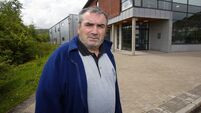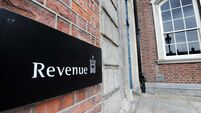Lille reaps benefits of Capital of Culture
LILLE is counting the cost but even more so the gains of its year as European Capital of Culture. The city's main attractions had 10 times the usual number of visitors while double the annual number of tourists stayed at least one night.
Most of all, people from the region enjoyed the huge range of events staged in Lille but also in the dozens of surrounding towns in France and Belgium.












